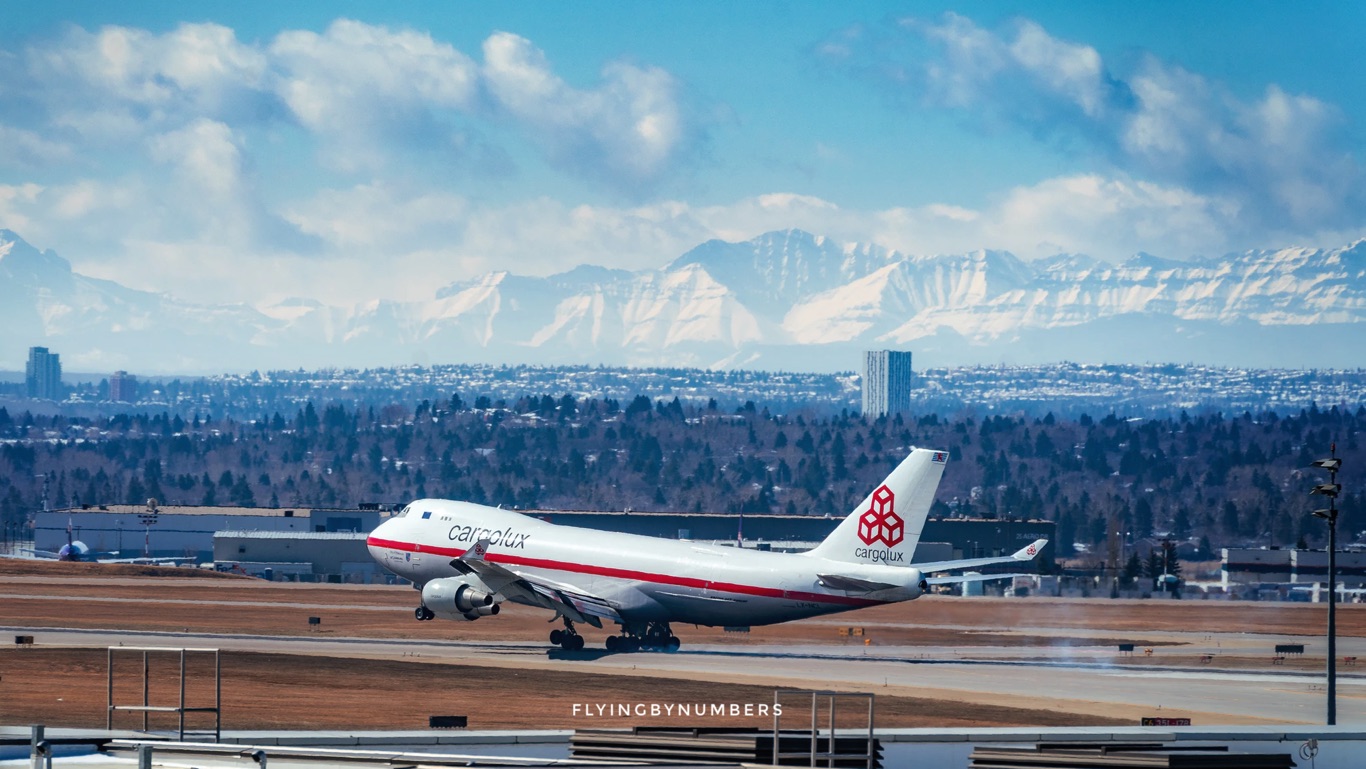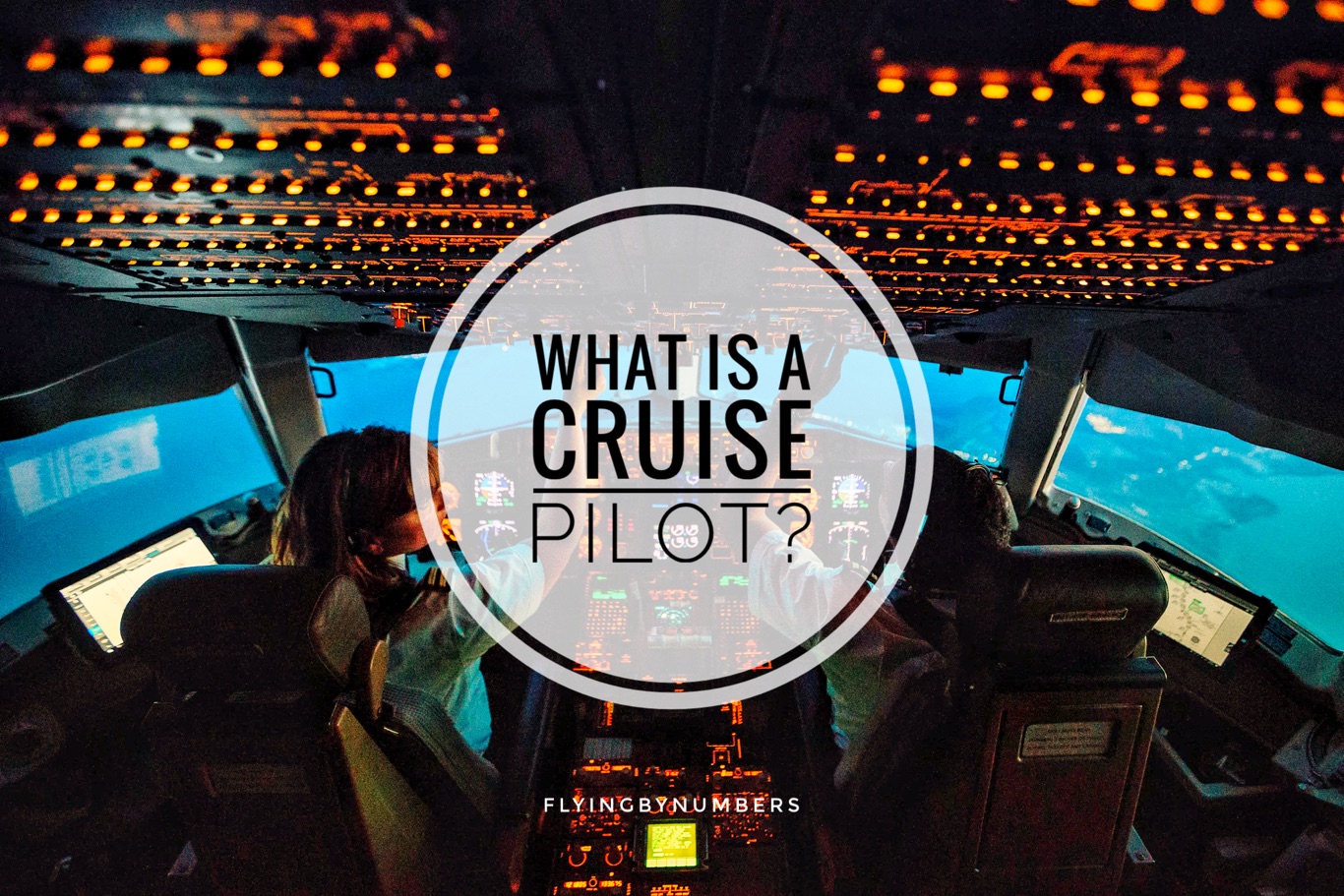Ever heard of a cruise pilot, or spotted a pilot on your flight with only 1 stripe on their uniform? They’re not a common term, but they do exist, and it’s an interesting, niche role, only available at a few airlines.
Known as Relief Pilots, Cruise Pilots or Second Officers — there are numerous names for this specific type of airline pilot, but they all have one thing in common. They are pilots that can’t legally take off or land the aircraft!
So, what exactly is a cruise pilot? Who uses them, what are they for, and are relief pilots “proper” airline pilots? Let’s take a look.
What is a relief pilot?
Relief pilots, or second officers, are used by airlines to provide coverage for the flight deck crew during periods of extended flying, usually on long-haul flights.
Contrary to popular belief, the cruise phase of a flight is not that simple and requires alert, skilled, well-trained and fully attentive pilots to detect many potential hazards. There is a looming possibility of a technical malfunction or (medical) emergency, which each and every crew member in the cockpit must be able to safely handle, both above and below FL 200.
Relief Pilot Concept — ECA Piloting safety
Cruise pilots sit at the controls above 20,000 (FL200) and operate the aircraft via the autopilot. They carry out normal cruise duties, from avoiding weather and monitoring systems, to liaising with the cabin crew.
This allows the regular flight crew to take their mandatory rest breaks during the flight, in accordance with aviation regulations. In addition to this, cruise pilots may also be required to perform other duties on the flight deck below FL200 as necessary, providing input and helping to share the pilot workload as part of the crew during an emergency.
When the Captain or First Officer returns from their rest, the Second Officer is not sat at the controls. Cruise pilots remain in the cockpit for takeoff and landing; however, they will be seated on a jumpseat.

As cruise relief pilots perform a vital role, they are also required to abide by the same flight time limitations regarding rest. Therefore, on a long flight, all pilots rotate, with rest time normally divided equally between Captain, Co-pilot, and any Second Officers.
Who employs relief pilots?
Occasionally referred to as Second Officers, cruise relief pilots are mostly used by long-haul airlines, who operate ultra-long flights — typically 12 hours or more in duration. As a result, it is a niche role, and is not normally found in any Short-haul or Low-Cost operation.
Airlines that employ second officers include, Cathay Pacific, Qantas, Singapore Airlines, and, Air Canada.
Are cruise relief pilots “proper” airline pilots?
Yes. Cruise relief pilots are fully qualified airline pilots, who have undergone the same training and examinations as any other airline pilot to obtain an Air Transport Pilots Licence (ATPL).
Equally, Second Officers have undergone aircraft-specific training — known as a type-rating — on the aircraft they are operating, in the same way that the other crew members have.
However, there are some differences, and it the role of cruise pilot alongside their training, has caused controversy among pilot unions.
In normal operations, second officers do not get any hands-on experience on the aircraft — only operating the aircraft through the autopilot — and equally perform no takeoffs and landings.

Opponents to the relief pilot role state that the position is simply a way for airlines to get away with paying less money at the expense of safety.
There is certainly an argument to be made that cruise only pilots fill a role that should be taken by a fully qualified co-pilot — a point made by the international pilots union IFALPA. Equally, it’s hard to justify to the passengers that the inexperienced pilots sat at the controls during the cruise aren’t technically qualified to land the plane if required.
Strong pushback from unions and the American regulator, also means that no American carrier currently hires for the position of Second Officer. The role of relief pilots are only filled by fully qualified pilots hired as Captains and First Officers.
Summary
Simply relieving the pilots on long-haul flights is not an uncommon duty. The role of cruise relief is carried out by many Captains and First officers around the world daily, to ensure that all pilots are rested for landing. However, some airlines take this further and create a specific job role of Relief Pilot, often known as Second Officers.

This relief pilot only employment is a vastly more niche role. Here, qualified pilots are employed within a strictly defined area of responsibility: they may only handle the aircraft using the autopilot, and solely above 20,000ft (ca. 6 km).
Below this, the relief pilot sits on a cockpit jumpseat away from the controls, and second officers also don’t perform any takeoffs or landings.
Gaining flying hours but without gaining hands on experience, means that the Second Officer role is typically only used as a stepping stone in a pilot’s career. In aviation the role is both niche, and, controversial. Some argue the role is a great first step before becoming a co-pilot. Others argue that it’s a safety compromise, and airlines should stay clear.





